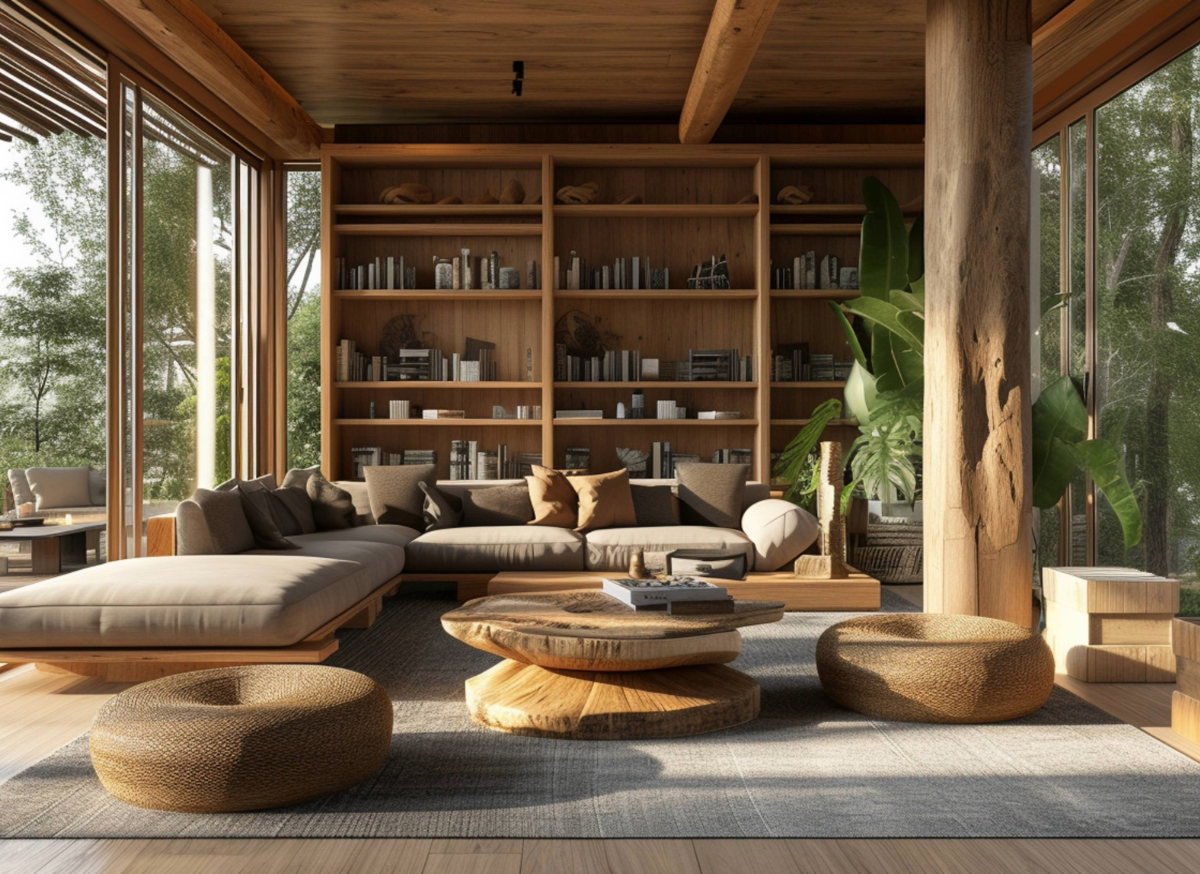When referring to the design of retail spaces, the term ‘retail design’ is often mentioned. This expression of Anglo-Saxon origin is widely used by experts in the field of shop and showroom design. ‘Retail’ represents the concept of retail, while ‘design’ refers to the act of designing. Consequently, the term ‘retail design’ denotes the activity carried out by the interior retail designer, i.e. the professional specialising in the creation of retail environments. These places are designed for the distribution of goods and services aimed at the end customer. And it is considered a branch of interior design.
The role of the retail designer or store designer is not only limited to the final retail environments. Today, more than ever, they play a key role in the design of retail spaces for both direct-to-consumer (B2C) and corporate (B2B) business.
Retail design actively contributes to the transformation of all places related to distribution, sales and display. Recently, due to an increasingly competitive market and new commercial policies, many changes have taken place. Sales locations have gone from being mere containers of merchandise to narrative spaces capable of creating lasting relationships between the company and its customers. These new environments are characterised by innovative strategies both in terms of price and the communicative aspect of the product and brand.
Retail design embraces the design of spaces that enhance the brand, creating recognisable and desirable atmospheres. This sector also deals with graphics and communication, as well as promoting multi-channel relationships between the brand and customers.
Origins and Development of Retail Design
Interior retail design emerged between 1870 and 1900 in response to the need to efficiently organise the large quantities of goods produced during the industrial era. Thanks to new technologies, production times and costs were greatly reduced, leading to a high availability of goods in the market compared to existing demand.
This historical period saw a revolution in retail locations in terms of size, organisation and communication. New professional figures related to retail design started to emerge to meet the needs of a growing market.
Old craft workshops were transformed into shops that emphasised the display of products rather than in-house production. The architecture of these retail spaces was adapted to optimise the sales process.
The crucial role of retail design in the modern retail landscape has emerged in parallel with the development of new professional figures dedicated to the management of shops organised into departments. The retail designer, often flanked by the visual merchandiser, has assumed a fundamental role in defining the guidelines for the sales display space, with a profound knowledge of the products on offer.
In conclusion, retail design represents a constantly evolving discipline, closely linked to the unpredictable socio-economic and behavioural changes in society. By combining expertise in various fields, retail design has positioned itself as an inexact science that constantly adapts to the changing needs of the retail market.

